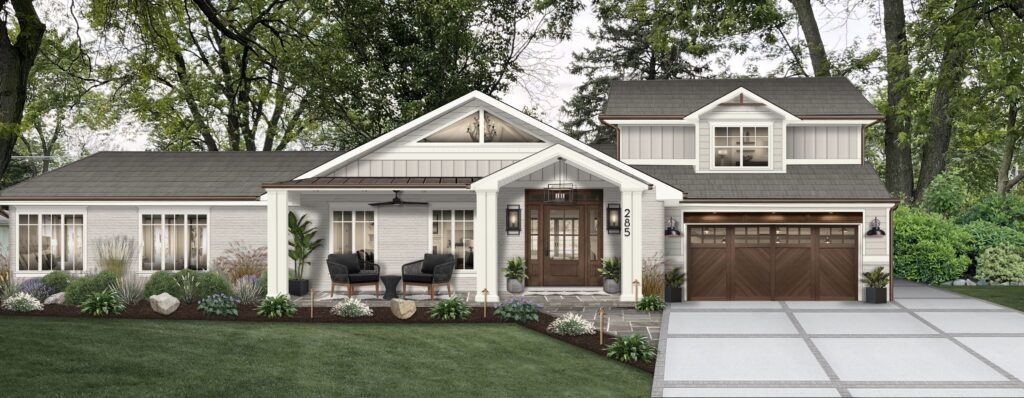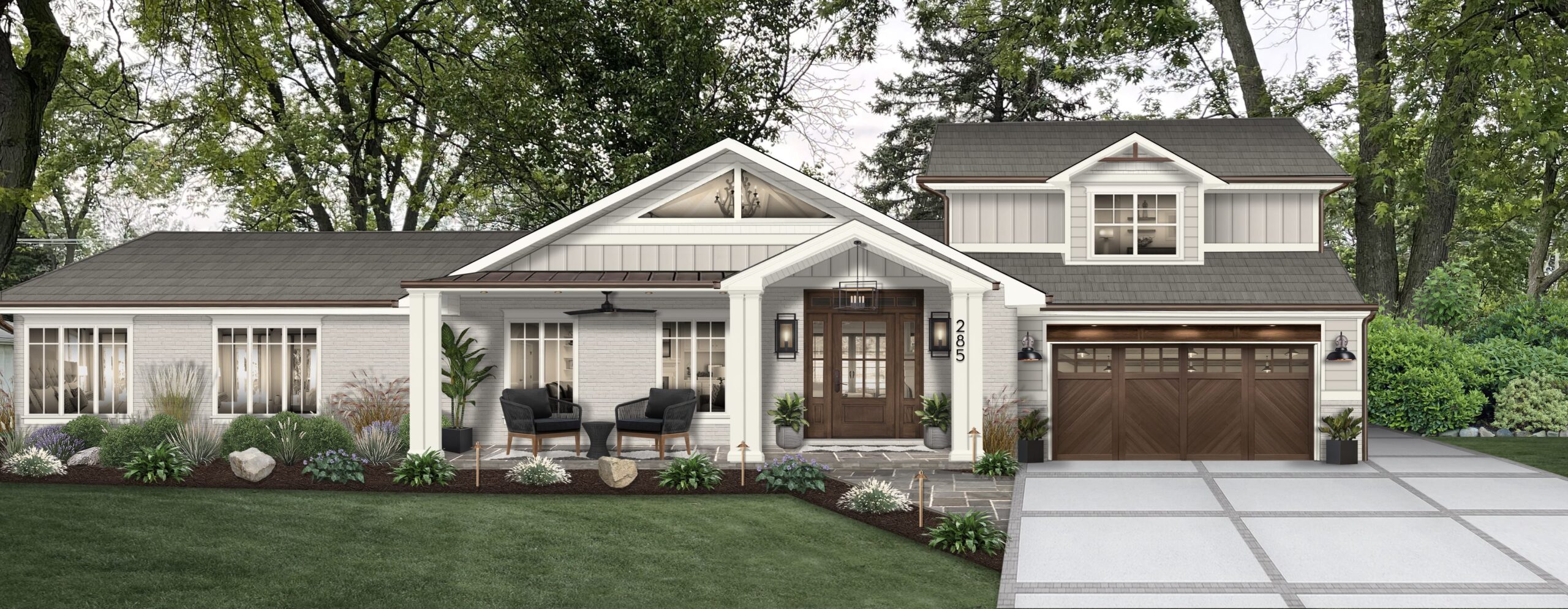
What is House Blend Coffee? Unpacking the Mystery and Flavor Profile
The world of coffee can often feel like a labyrinth, filled with exotic origins, complex brewing methods, and a dizzying array of flavor profiles. Amidst this complexity, one term frequently surfaces: “house blend” coffee. But what exactly is a house blend? Why is it so common? And, perhaps most importantly, what does it taste like? This article delves into the world of house blend coffee, providing a comprehensive understanding for both the casual coffee drinker and the seasoned aficionado. We’ll explore its composition, purpose, and the factors that contribute to its unique appeal.
Defining House Blend Coffee
At its core, a house blend coffee is a carefully crafted combination of different coffee beans. Unlike single-origin coffees, which showcase the unique characteristics of beans from a specific region or farm, a house blend coffee aims for consistency and a balanced flavor profile. Think of it as a chef’s signature dish; it’s a carefully considered recipe designed to deliver a particular experience.
The term “house blend” is most often used by coffee shops and roasters. It signifies a coffee that the establishment considers its signature offering, its go-to blend that represents their brand. It’s the coffee they’ll likely use for their drip coffee, espresso drinks, and other standard offerings. This is often a key selling point, as a well-crafted house blend coffee provides a reliable and enjoyable experience for customers.
The Art of Blending
Creating a successful house blend coffee is a delicate art. Roasters carefully select beans from various origins, considering their individual characteristics and how they will interact when combined. The goal is to achieve a flavor profile that is both appealing and consistent, year after year. This requires expertise in sourcing, roasting, and cupping (tasting) coffee.
The process typically involves the following steps:
- Bean Selection: Roasters start by sourcing green coffee beans from different regions. They look for beans that offer a range of flavors, such as acidity, body, sweetness, and aroma.
- Roasting: Each bean is roasted to a specific profile to enhance its individual characteristics. The roasting process is crucial in determining the final flavor of the blend.
- Blending: The roasted beans are then carefully blended in specific ratios. The roaster will experiment with different combinations until they achieve the desired flavor profile.
- Cupping and Evaluation: The blend is then cupped to assess its taste and make any necessary adjustments. This is an iterative process, with roasters continuously refining their blends.
The specific beans used in a house blend coffee can vary widely depending on the roaster’s preferences and the availability of beans. However, some common bean origins used in blends include beans from South America (known for their balanced acidity and body), Africa (often contributing bright, fruity notes), and Asia (which can add earthy or spicy undertones). The ratios of these beans are what make each house blend coffee unique.
Flavor Profiles: What to Expect
The beauty of a house blend coffee lies in its versatility. While single-origin coffees often highlight a specific characteristic, a house blend coffee strives for a balanced and well-rounded flavor profile. This makes it a popular choice for many coffee drinkers.
Here are some common flavor characteristics you might find in a house blend coffee:
- Balance: A good house blend coffee will aim for a balance of acidity, sweetness, and body. None of these elements should overpower the others.
- Consistency: The blend should offer a consistent flavor profile, allowing you to enjoy the same experience cup after cup.
- Versatility: A well-crafted house blend coffee is often versatile enough to be enjoyed in various brewing methods, from drip coffee to espresso.
- Complexity: While aiming for balance, a house blend coffee can still offer a degree of complexity, with subtle notes of chocolate, nuts, caramel, or fruit.
The specific flavor profile of a house blend coffee will vary depending on the roaster’s recipe. Some may lean towards a brighter, more acidic profile, while others may focus on a richer, more full-bodied experience. It’s always a good idea to read the roaster’s description of their house blend coffee, as this will often provide clues about the anticipated flavor notes.
House Blend vs. Single-Origin Coffee: Key Differences
Understanding the differences between house blend coffee and single-origin coffee is crucial for making informed coffee choices. While both offer unique experiences, they cater to different preferences.
| Feature | House Blend Coffee | Single-Origin Coffee |
|---|---|---|
| Composition | Blend of coffee beans from multiple origins | Coffee beans from a single origin (region, farm, or cooperative) |
| Flavor Profile | Balanced, consistent, and often versatile | Unique, highlighting the specific characteristics of the origin |
| Purpose | To provide a consistent and reliable coffee experience | To showcase the unique flavors of a specific origin |
| Availability | Typically always available | Often seasonal and subject to availability |
| Price | May be more affordable, depending on the beans used | May be more expensive, especially for rare or specialty beans |
Single-origin coffees are often prized for their distinctive flavors, offering a chance to explore the nuances of different growing regions. However, they can sometimes be less consistent than a house blend coffee, as the flavor profile can vary slightly from batch to batch. House blend coffee, on the other hand, provides a reliable and consistent experience, making it a great choice for everyday drinking.
Choosing the Right House Blend
With so many house blend coffee options available, choosing the right one can seem daunting. Here are some tips to help you find the perfect blend for your taste:
- Read the Description: Pay attention to the roaster’s description of the house blend coffee. They will often highlight the key flavor notes and the overall character of the blend.
- Consider Your Preferences: Think about the types of flavors you enjoy. Do you prefer a brighter, more acidic coffee, or a richer, more full-bodied one? Do you like notes of chocolate, nuts, or fruit?
- Ask for Recommendations: If you’re buying from a local coffee shop, don’t hesitate to ask the barista for recommendations. They can often offer valuable insights and help you find a blend that suits your taste.
- Try Different Roasters: Experiment with different roasters to discover the diverse range of house blend coffee options available. Each roaster has their own unique approach to blending.
- Consider the Brewing Method: Some blends are specifically designed for certain brewing methods. Ask if the blend is optimized for drip, espresso, or other methods.
Ultimately, the best house blend coffee is the one you enjoy the most. Don’t be afraid to experiment and try different blends until you find your perfect match.
Brewing a Perfect Cup of House Blend
Once you’ve found your ideal house blend coffee, the next step is to brew it properly. The brewing method can significantly impact the final flavor of your coffee.
Here are some general guidelines:
- Grind Size: The grind size should match your brewing method. For example, a coarser grind is suitable for French press, while a finer grind is needed for espresso.
- Water Temperature: Use water that is just off the boil (around 200°F or 93°C).
- Coffee-to-Water Ratio: A common ratio is 1:15 or 1:16 (coffee to water), but you can adjust this to your preference.
- Brewing Time: Follow the recommended brewing time for your chosen method.
- Freshness: Use freshly roasted coffee beans and grind them just before brewing for the best flavor.
Experiment with different brewing methods and techniques to find what works best for your house blend coffee and your personal taste. [See also: Coffee Brewing Methods: A Beginner’s Guide]
The Popularity of House Blend Coffee
The prevalence of house blend coffee in cafes and homes is a testament to its appeal. It offers a dependable, enjoyable, and often affordable coffee experience. Its consistent flavor profile makes it a reliable choice for everyday drinking. The ability to blend different beans also allows for a wider range of flavor profiles than would be possible with single-origin coffees alone.
The popularity of house blend coffee also reflects the evolving coffee culture. Consumers are becoming more knowledgeable about coffee and are seeking out quality and consistency. The house blend coffee, when well-crafted, delivers both.
Conclusion
House blend coffee represents a cornerstone of the modern coffee experience. It’s a carefully crafted blend, designed to provide a balanced and consistent flavor profile. Understanding what a house blend coffee is, how it’s created, and what to expect from its flavor can significantly enhance your appreciation for this ubiquitous beverage. Whether you are a coffee novice or a seasoned connoisseur, exploring the world of house blend coffee is a rewarding journey. Embrace the variety, explore the flavors, and enjoy the consistent quality that a well-made house blend coffee offers. Ultimately, the best house blend coffee is the one that consistently satisfies your palate and provides a comforting and enjoyable coffee experience.
The next time you are at your favorite coffee shop, ask about their house blend coffee. You might just discover your new favorite coffee.


